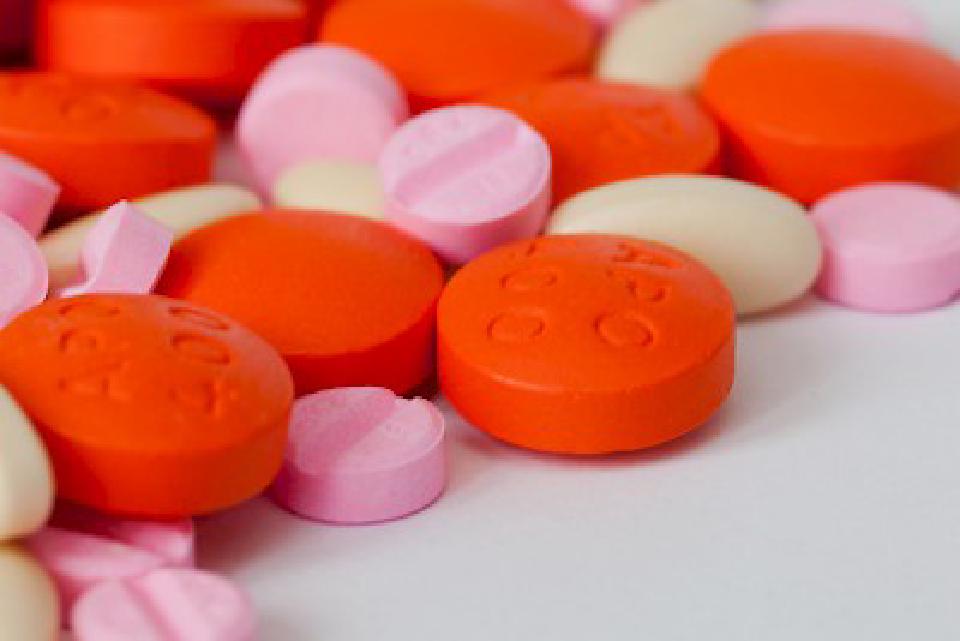Comparative Effectiveness Research on Psychiatric Hospitalisation by Record Linkage of Large Administrative Data Sets
Psychiatric services have undergone profound changes over the last decades. Large mental hospitals were downsized or closed and community mental health services set up in order to move treatment of patients from institutions to the community. However, little is known about the effectiveness of this “de-institutionalization” approach. In fact, psychiatric hospital admission and re-admission rates are still high in most countries, and it is only little understood why. Since repeated hospital admissions constitute profound interruptions in patients’ lives and are feared by patients because of stigma, their decrease can be regarded as a patient centred outcome (PCO); also, unplanned readmissions are not regarded as an indicator of efficiency and good quality of care. CEPHOS-LINK uses record linkage methods in data sets of large administrative electronic health care databases in six European countries with different health care systems (Austria, Finland, Italy, Norway, Romania and Slovenia), for exploring in routine settings the relationship between a large array of factors (on the patient, service and health system level) and rehospitalisation of psychiatric patients who were discharged from hospital, and to compare the outcome of several naturally occurring service use patterns. Given the use of data from multiple databases in six countries, work on data availability, acquisition, management, quality, interoperability, privacy protection and linkage methods precede local and pooled data analyses, performed with statistical methods and innovative dynamic modelling approaches. Views form users and carers, cost-effectiveness aspects and findings from systematic reviews of the literature are integrated with results of the record linkage studies for producing guidelines, recommendations and decision support tools for decision makers in the field of mental health system and services interventions.
Funding information:
This project is funded by the EU program FP7-Health. Research results can be found here
